Now Available: Ko Sasaki’s Photobook “XEPCOH – Kherson: On Nights of Falling Missiles”
Ko Sasaki began this project after spending 126 days in the summer of 2022 in southern Ukraine, while the country was under Russian invasion. Living alongside both civilians and soldiers, he quietly observed the fragile threshold between daily life and war. To bring this work into being, he launched the photobook project “126 Days in Wartime Ukraine”, which was met with generous support.
In 2023, Sasaki joined the PHOTOBOOK MASTERCLASS at Reminders Photography Stronghold, where he further refined and deepened the project.
This book does not dwell on destruction or devastation. Instead, it gathers fragments of life—prayer, laughter, sleep, conversation. It avoids reducing experience into conventional images of war, and instead holds space for unnamed moments and passing gestures. Sasaki’s attentive presence reveals a reality in which war exists just beyond the edges of ordinary life—and reminds us that this reality may not be so far from our own.
We invite you to spend time with this book and experience the quiet gaze it holds.
To mark its publication, a solo exhibition Ko Sasaki: “XEPCOH – Kherson: On Nights of Falling Missiles” will be held at Reminders Photography Stronghold from November 15 (Sat) to November 30 (Sun), 2025. An opening reception and artist talk will be held at 2:00 PM on the first day. We warmly welcome your visit.
About the Book
“Like a terrible dream.”
That was how my friend Andrii described it in a chat on one of those nights when missiles were falling.
By the summer of 2022—six months into Russia’s full-scale invasion—southern Ukraine was under constant missile attack. The explosions struck without warning or logic. Unless you were close to the impact, you might not even notice it had happened. It was so unreal, I often found myself wondering if somewhere there still existed a parallel world where life continued as it should.
On Independence Day in August, air raid sirens were drowned out by the sound of children leaping into the river at the center of town. Families lounged along the riverbank, basking in the summer sun.
A few days later, a shopkeeper told me how a missile attack the previous night had destroyed buildings and set cars on fire. The chaos and emergency response had made it impossible to sleep. I vaguely remembered hearing something in the night.
I visited the Soviet-era apartment building that had been struck. Residents were cleaning up the rubble. Among them was a boy I had photographed earlier that week, draped in a Ukrainian flag by the river. Now, he was carrying boxes down the stairs. When our eyes met, I gestured to ask if I could follow. He shook his head with a tired look and turned back up the stairs.
Later, a friend introduced me to a group of volunteer fighters—former soldiers. After joining them on a few missions, I was accepted, and spent about two months living alongside them. That summer, Ukraine had launched a counteroffensive in the south, aiming to reclaim Kherson Oblast.
Roughly 30 kilometers from the town where we were based stretched the so-called “zero line”—the shifting front between Ukrainian and Russian forces. Another 30 kilometers beyond that lay the Russian-occupied city of Kherson.
One day, in a village near the zero line, Ukrainian soldiers fired mortars toward Russian positions. Moments later, the Russians returned fire. We rushed into a nearby basement. As shells exploded overhead, a soldier scrolled through Instagram, watching car videos. Each impact filled the room with dust. He flinched for a moment, then returned to his screen.
In another bombed-out village, farther from the front, a soldier chatted with a woman he’d met on a dating app, lying on a makeshift bed in a destroyed basement. “I’m looking forward to seeing her when I go back to the city on Sunday,” he said. Waiting for his shift on watch, he fell asleep.
This book is not a chronicle of destruction, nor is it a condemnation.
It is a record of people—eating, laughing, sleeping, crying, fighting, praying, fleeing, being born, dying—people no different from us.
Why does such horror unfold in a place that looks so much like paradise?
This is a story about how war exists just beyond the horizon of everyday life.
Text & Photography by Ko Sasaki
Ko Sasaki Photobook “XEPCOH – Kherson: On Nights of Falling Missiles”
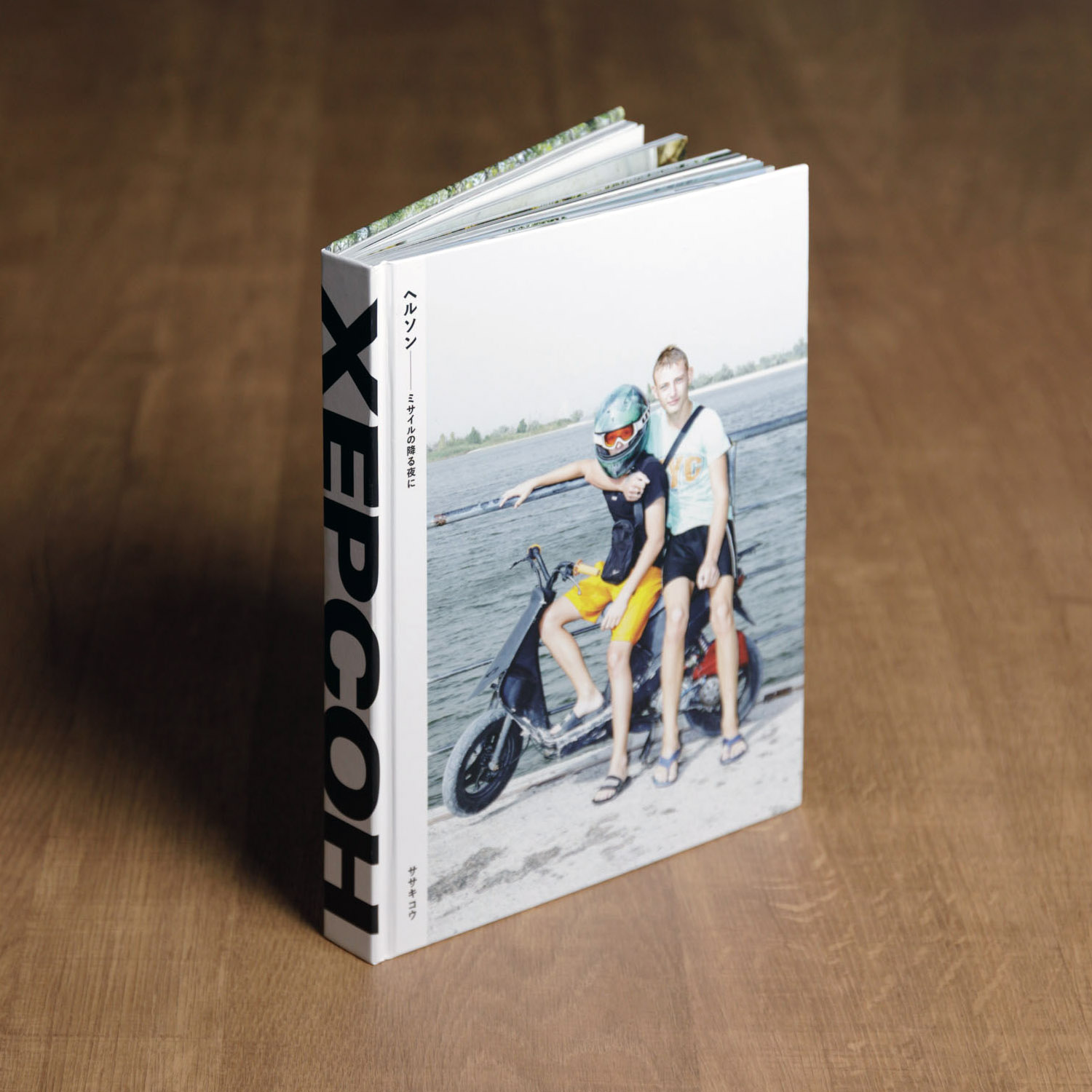
©︎Ko Sasaki / XEPCOH – Kherson: On Nights of Falling Missiles
Pages: 240
Size: 270 × 242 × 27 mm
Language: Japanese
Weight: approx. 870g
Price: 8,000 JPY (tax included)
Credits
Editing: Minako Komoda
Design: Amane Watabe (WATANABE DESIGN)
Print Direction: Ryoji Okamoto (HAKKO BIJUTSU)
Printing: HAKKO BIJUTSU
Binding: Hakushowdou
Text/Photographs: Ko Sasaki
Accompanied by:
Each copy is signed by the author. In addition, purchases made through Reminders Photography Stronghold include a handmade ribbon created by children in Ukraine.
These are message cards and ribbons made by students of Brovary Lyceum No. 9, located in the Brovary district of Kyiv. Each carries the students’ heartfelt wishes—for peace, for the safe return of fathers from the battlefield, and for an end to the war. Learn more about the school here: https://www.facebook.com/brovarsky.lyceum
One of the cards bears the words of 12-year-old Anita from Brovary:
“I want to walk under a peaceful sky.”
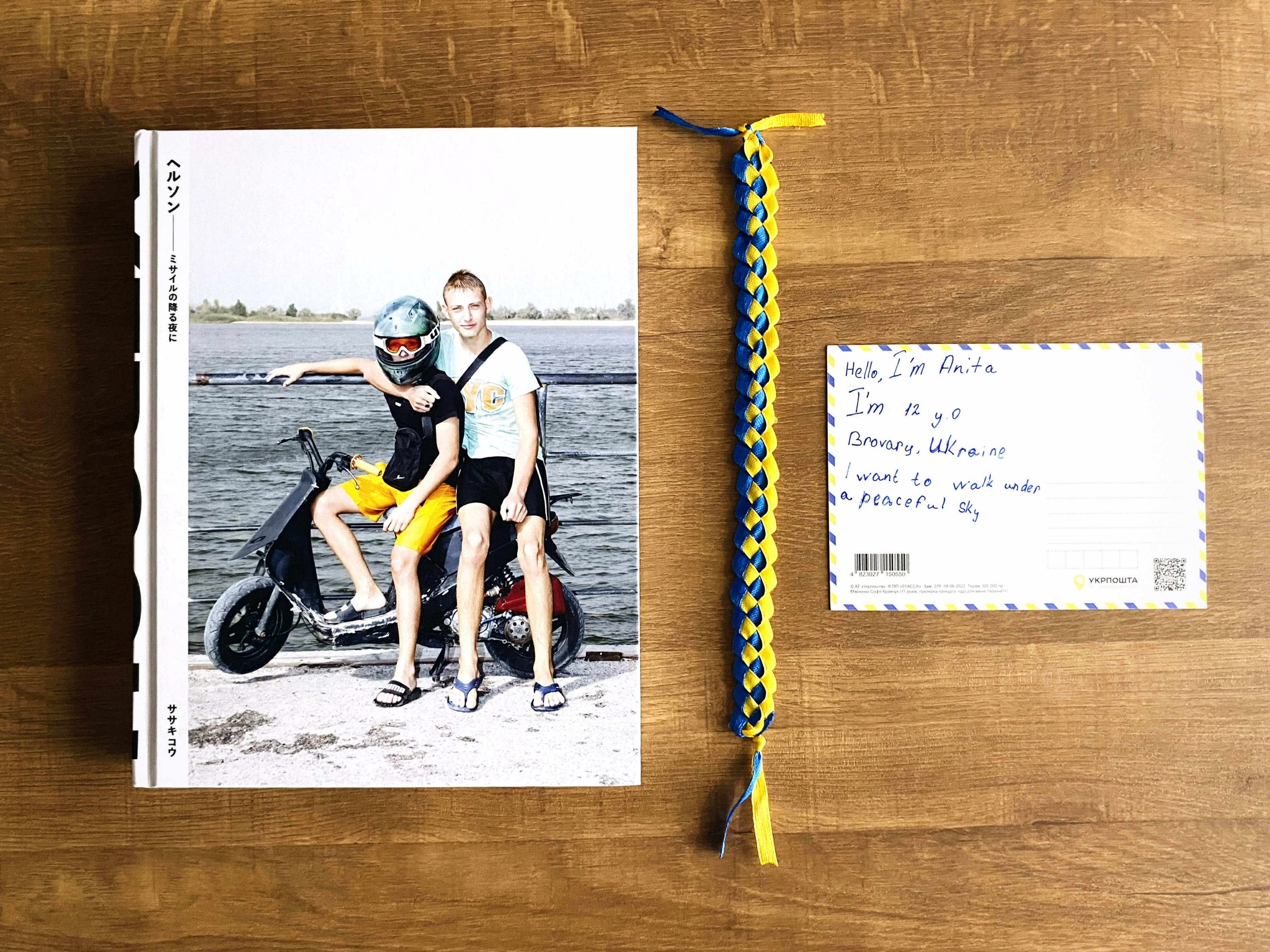
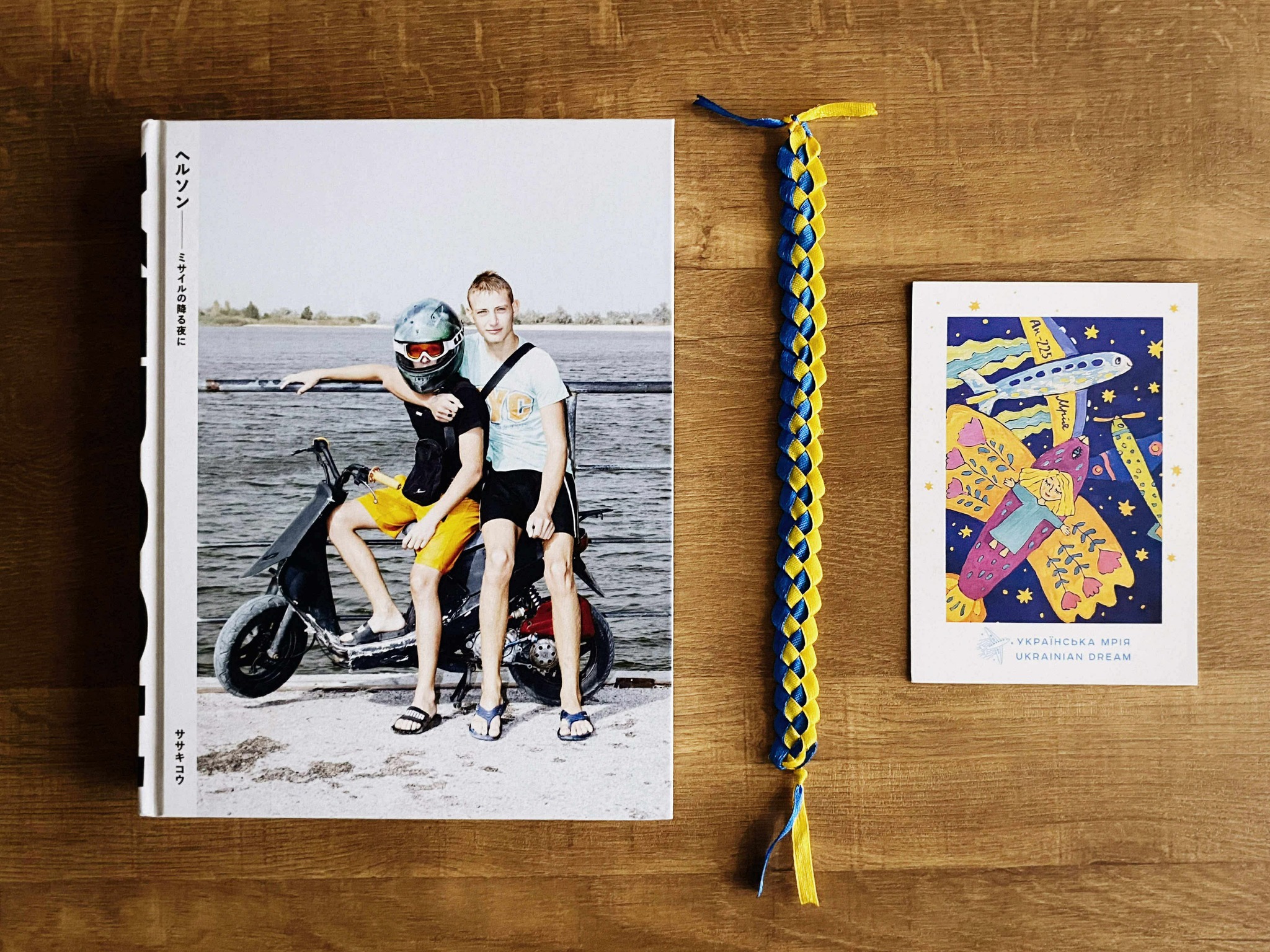
The project was coordinated by Anna, a mother, teacher, and wife of a Ukrainian marine, whose 25-year-old son also serves on the front line.
Below is the message she sent to accompany the gifts:
Hello, I am Anna from Ukraine. As a mother, it’s hard to put my feelings into words. I wish that every mother could be sure her child is safe and unharmed. As a wife, I wish to prepare breakfast for my husband every morning, and every night say “good night” with a kiss face-to-face, not through a phone screen. As a teacher, I hope that children can simply study in school, without needing to hide in bomb shelters—that they can listen only to beautiful music, not terrifying sirens. May there be peace in our homes, our families, and our country. People were born to love, not to make war.
ーーーーーー
The illustration on the card is titled “Dream (Mriya)”—a word that also refers to the Antonov An-225 Mriya, the world’s largest cargo plane, which was destroyed by Russian forces at Kyiv Airport.
Please note: The message cards are limited and will be provided to the first 30 customers only.
Each of these cards and ribbons, made with care by the students, conveys the presence of those living in the midst of war.
Order Notes
Orders will be fulfilled upon confirmation of payment.
Shipping will begin immediately.
If we do not receive payment or any communication, the order will be automatically canceled.
Please note that we do not send individual shipping notifications.
Alternatively, you can place your order via email at photobook@reminders-project.org
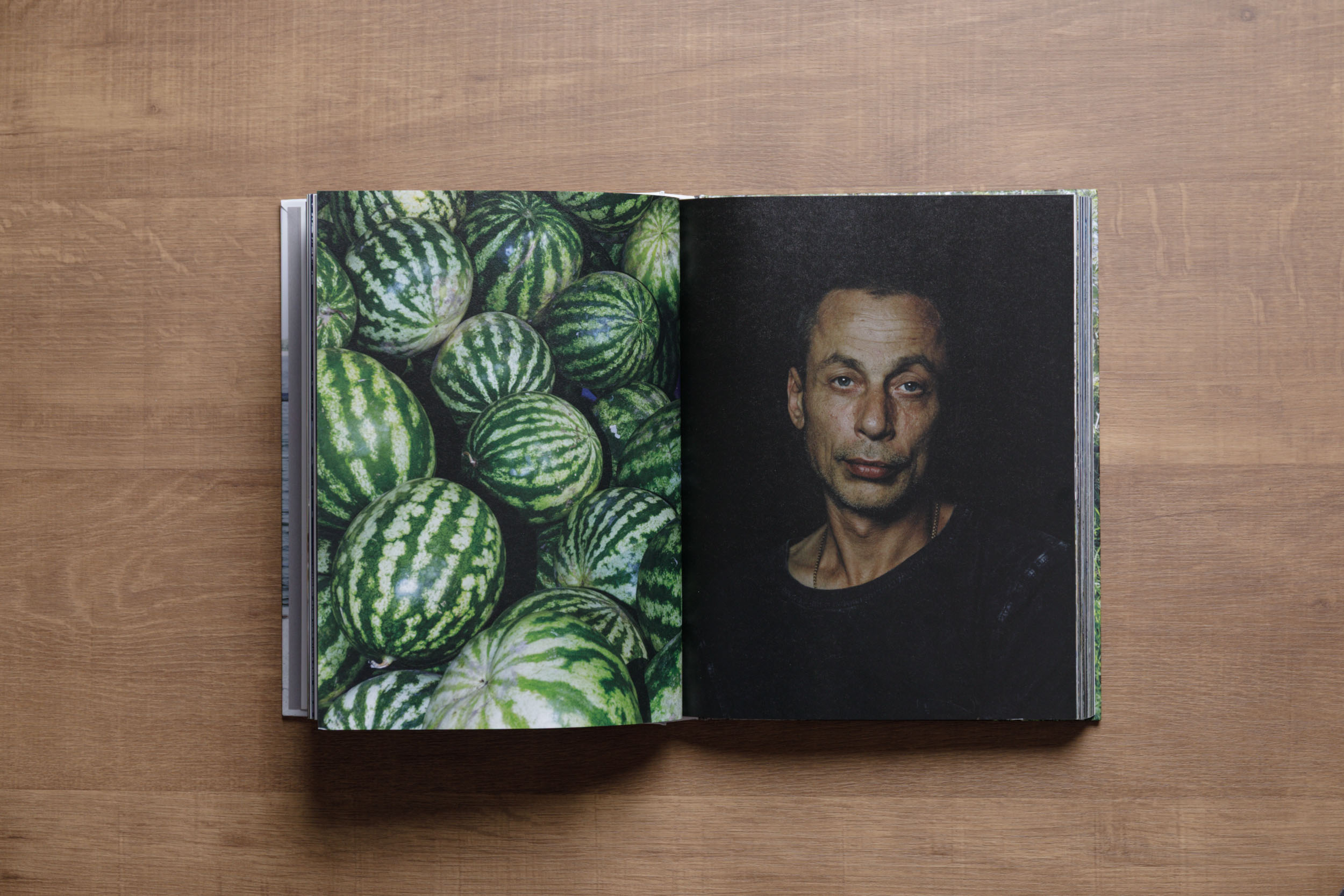
©︎Ko Sasaki / XEPCOH – Kherson: On Nights of Falling Missiles
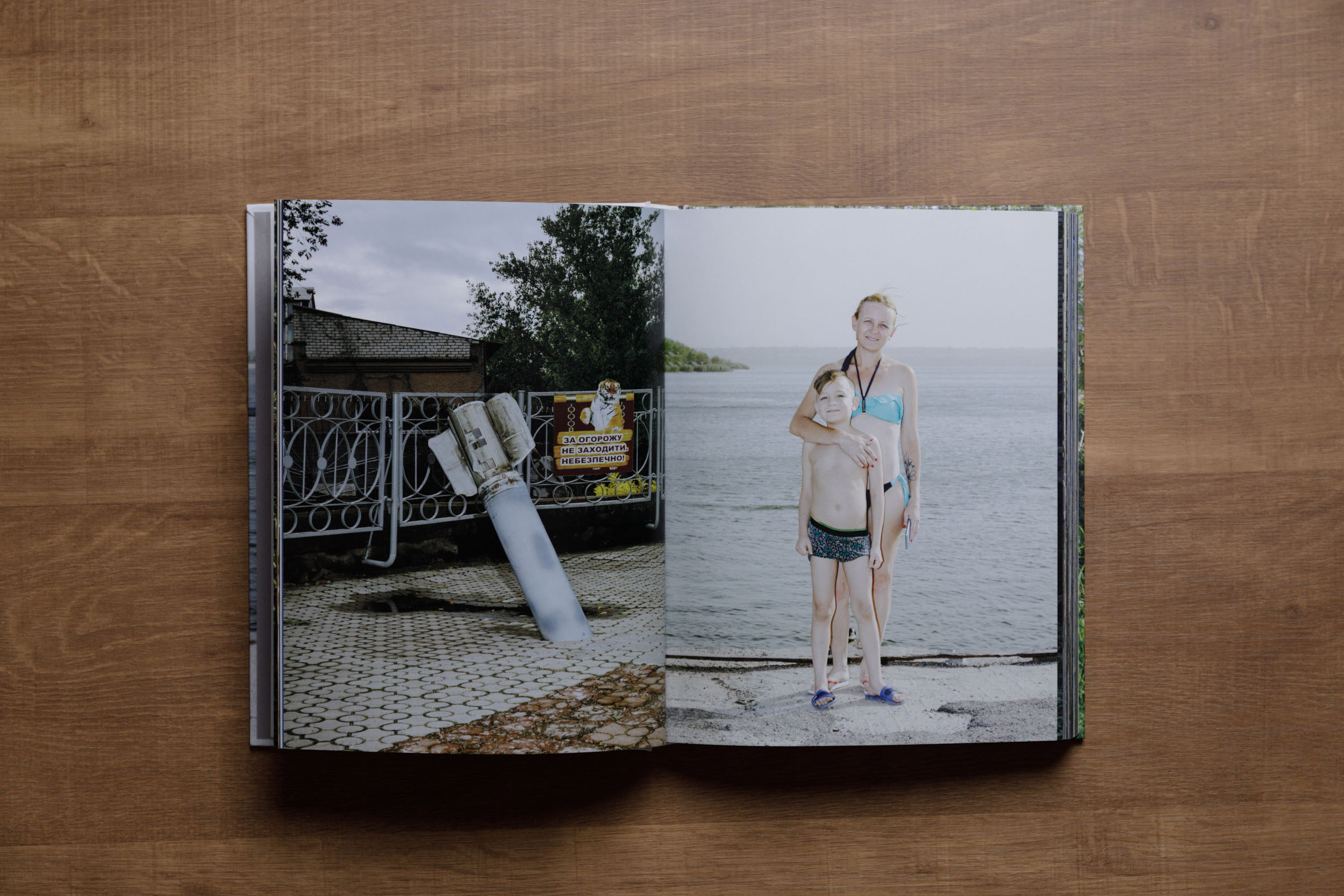
©︎Ko Sasaki / XEPCOH – Kherson: On Nights of Falling Missiles
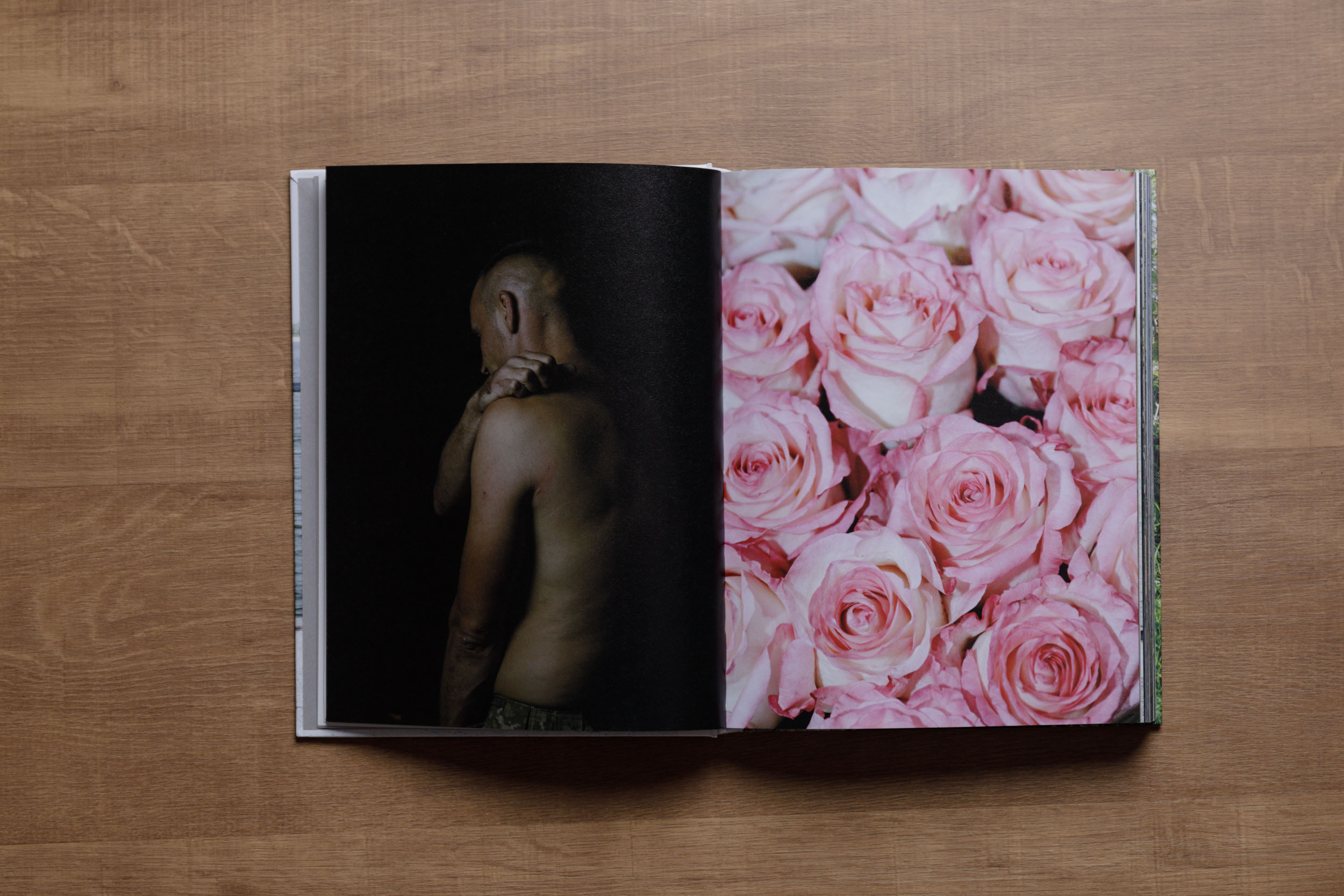
©︎Ko Sasaki / EXPCOH – Kherson: On Nights of Falling Missiles

©︎Ko Sasaki / XEPCOH – Kherson: On Nights of Falling Missiles
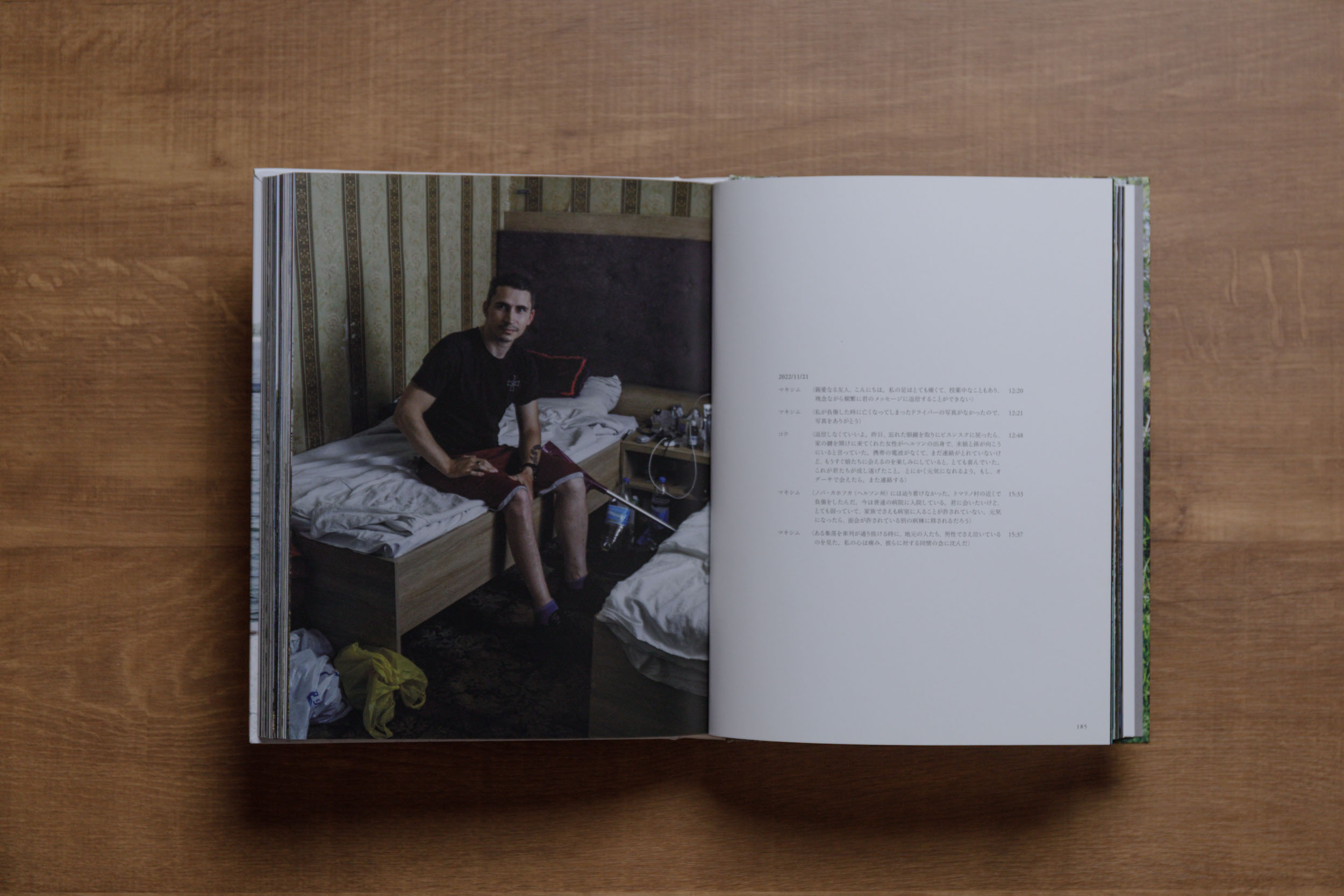
©︎Ko Sasaki / XEPCOH – Kherson: On Nights of Falling Missiles
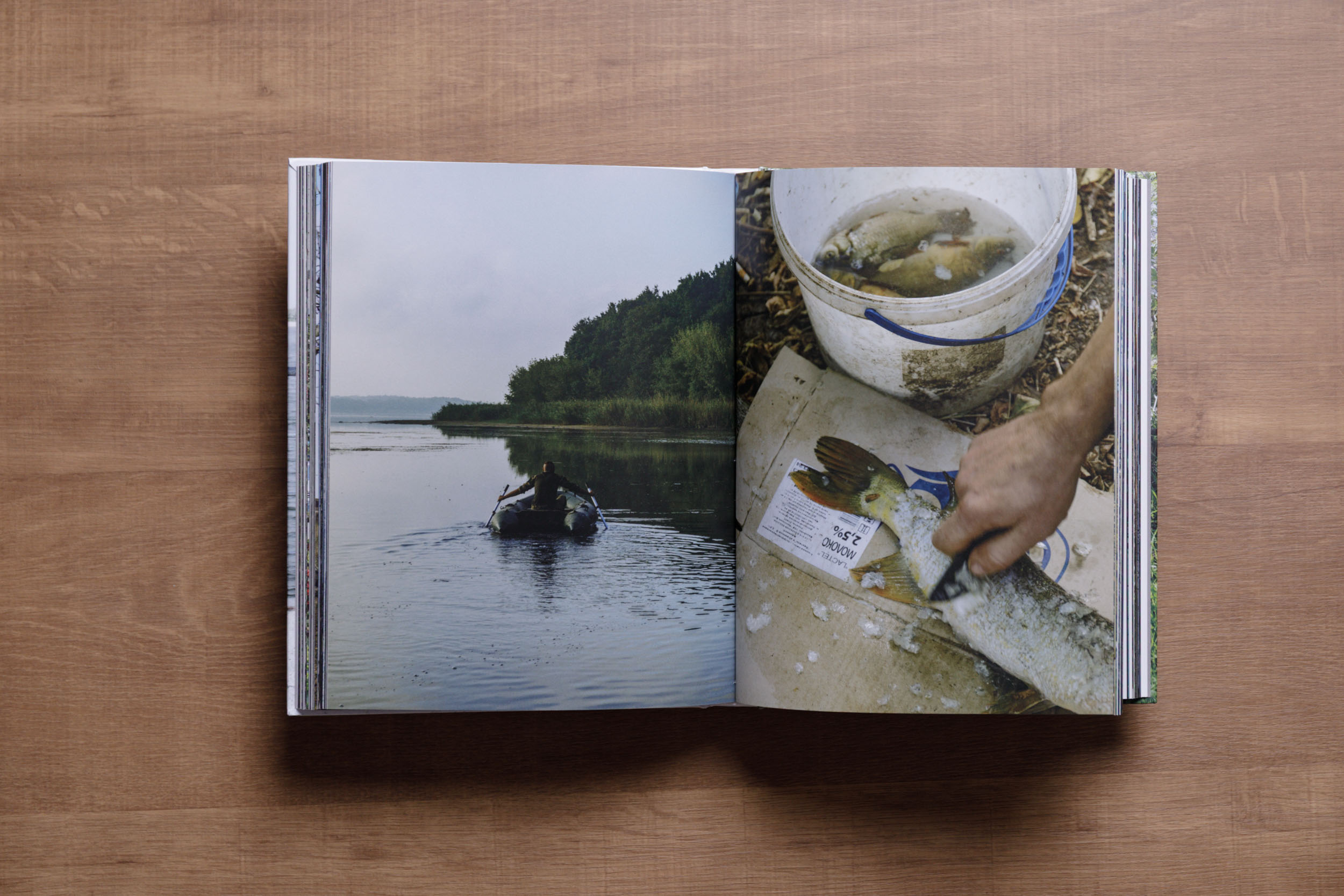
©︎Ko Sasaki / XEPCOH – Kherson: On Nights of Falling Missiles
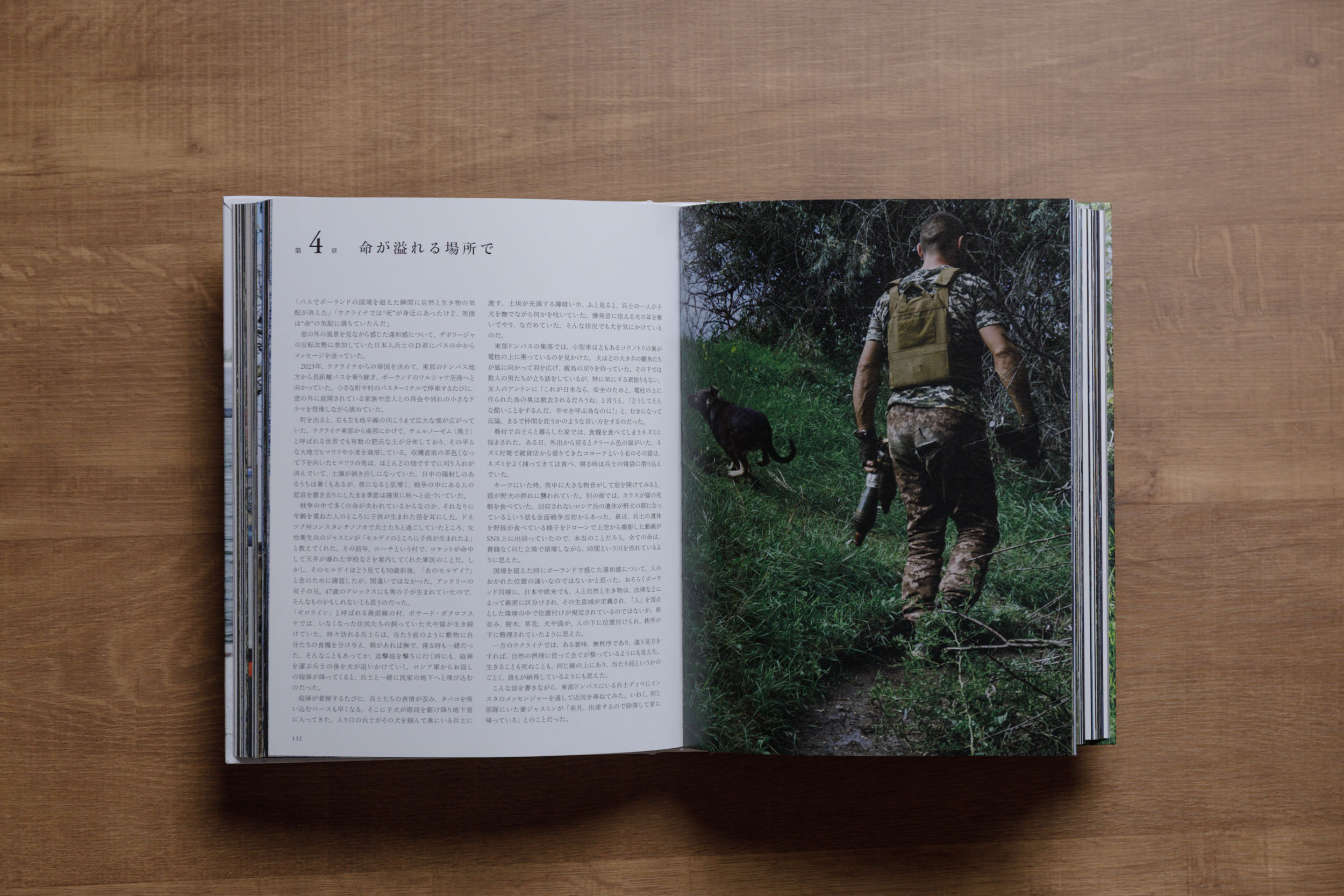
©︎Ko Sasaki / XEPCOH – Kherson: On Nights of Falling Missiles
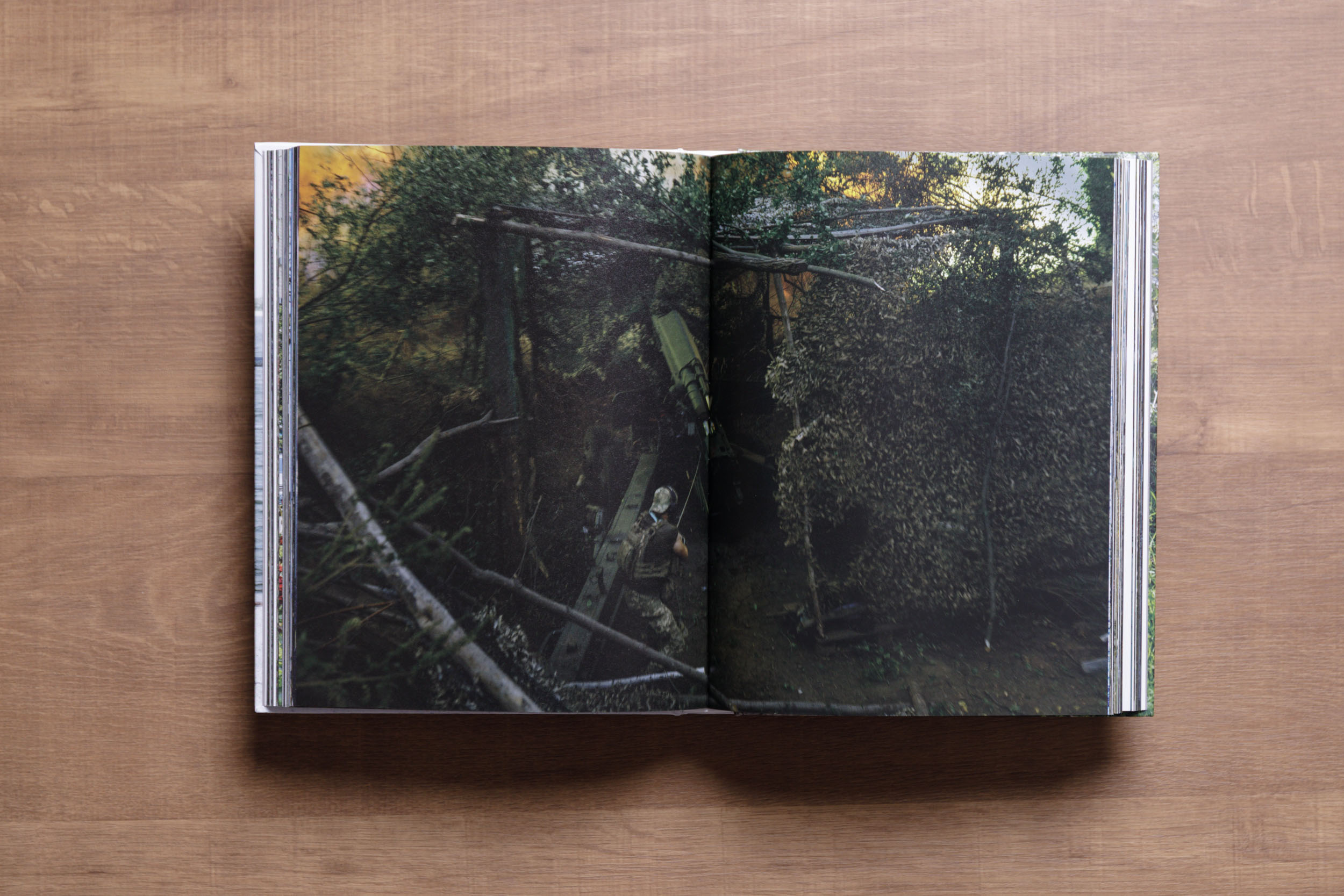
©︎Ko Sasaki / XEPCOH – Kherson: On Nights of Falling Missiles
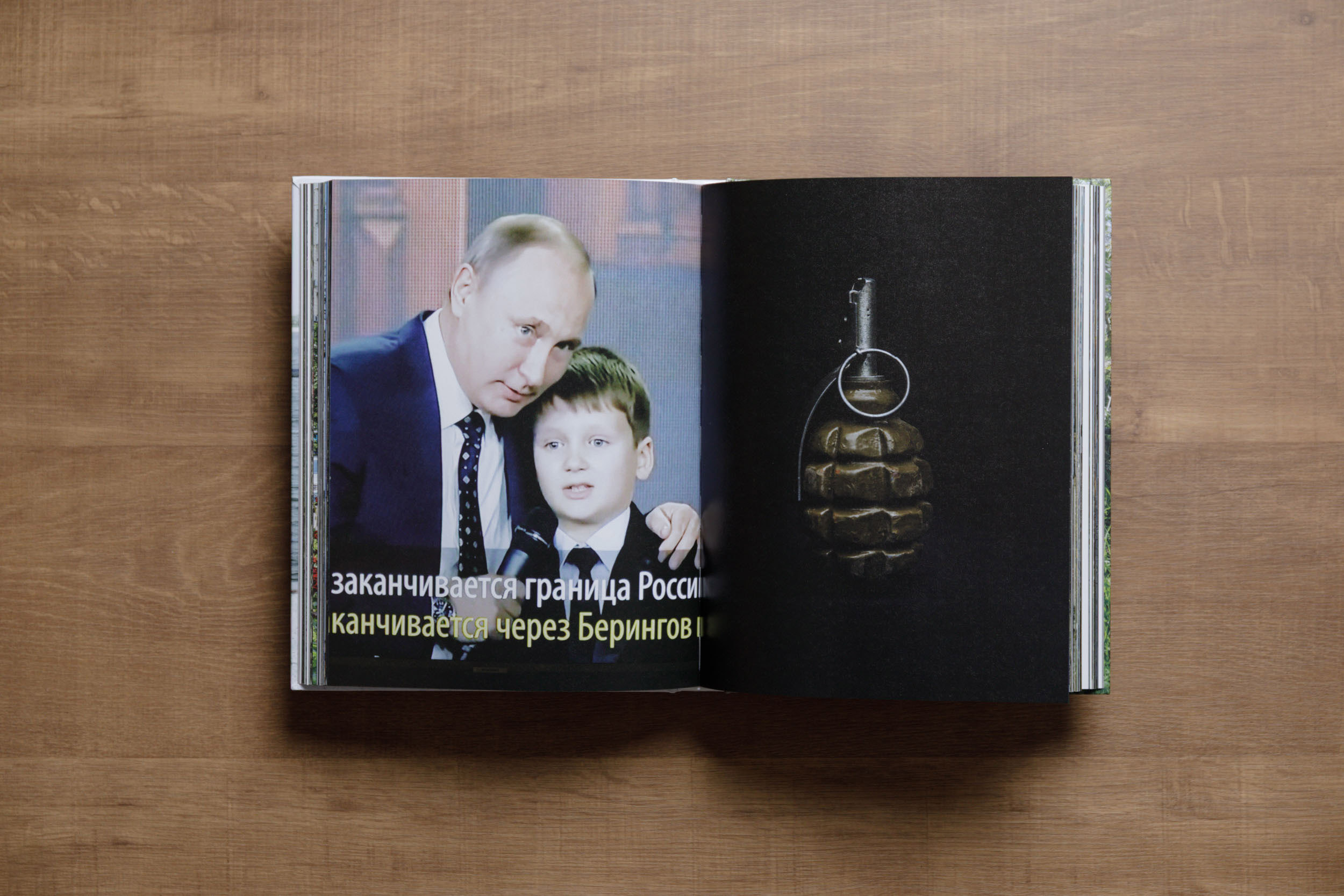
©︎Ko Sasaki / XEPCOH – Kherson: On Nights of Falling Missiles

©︎Ko Sasaki / XEPCOH – Kherson: On Nights of Falling Missiles

©︎Ko Sasaki / XEPCOH – Kherson: On Nights of Falling Missiles
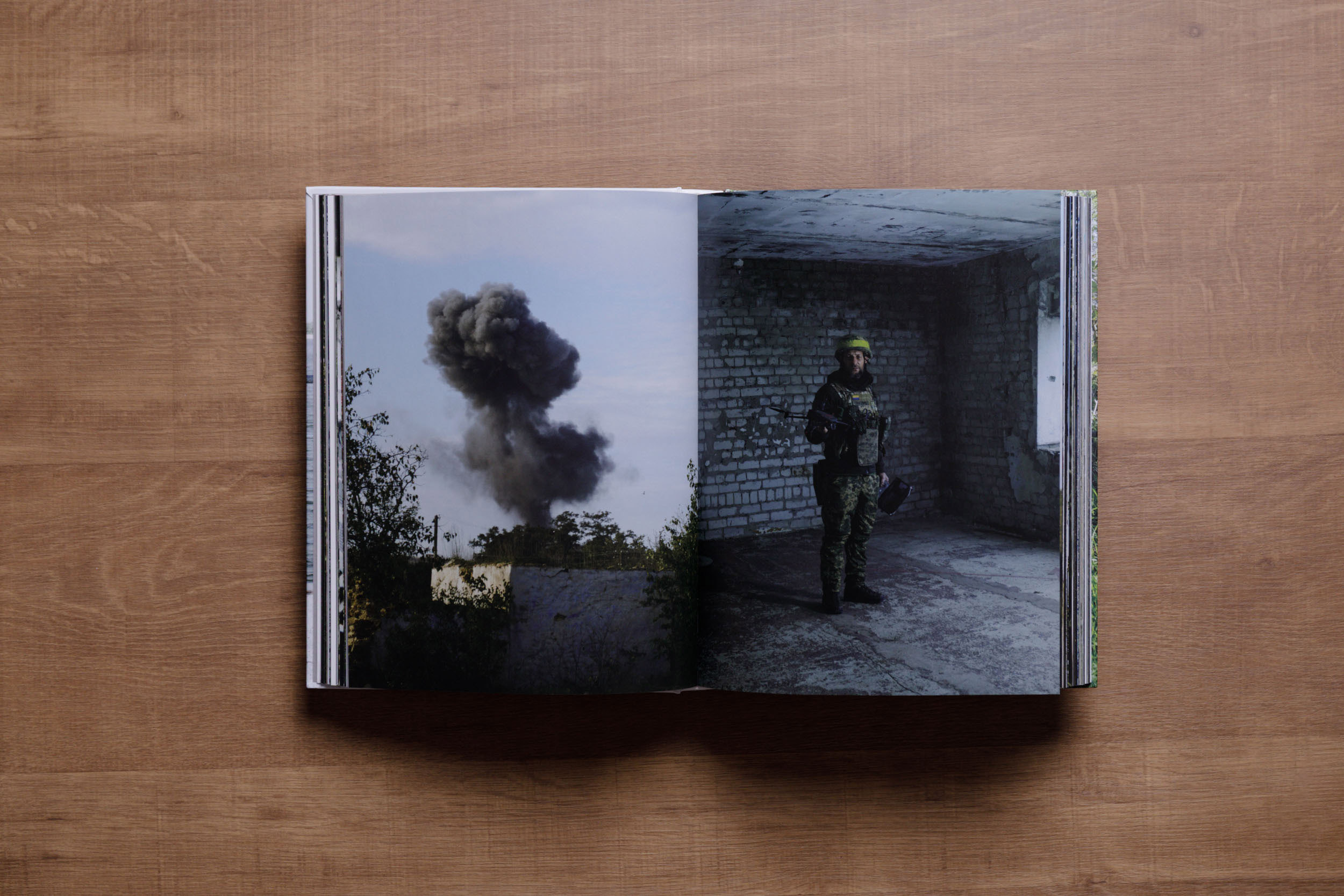
©︎Ko Sasaki / XEPCOH – Kherson: On Nights of Falling Missiles
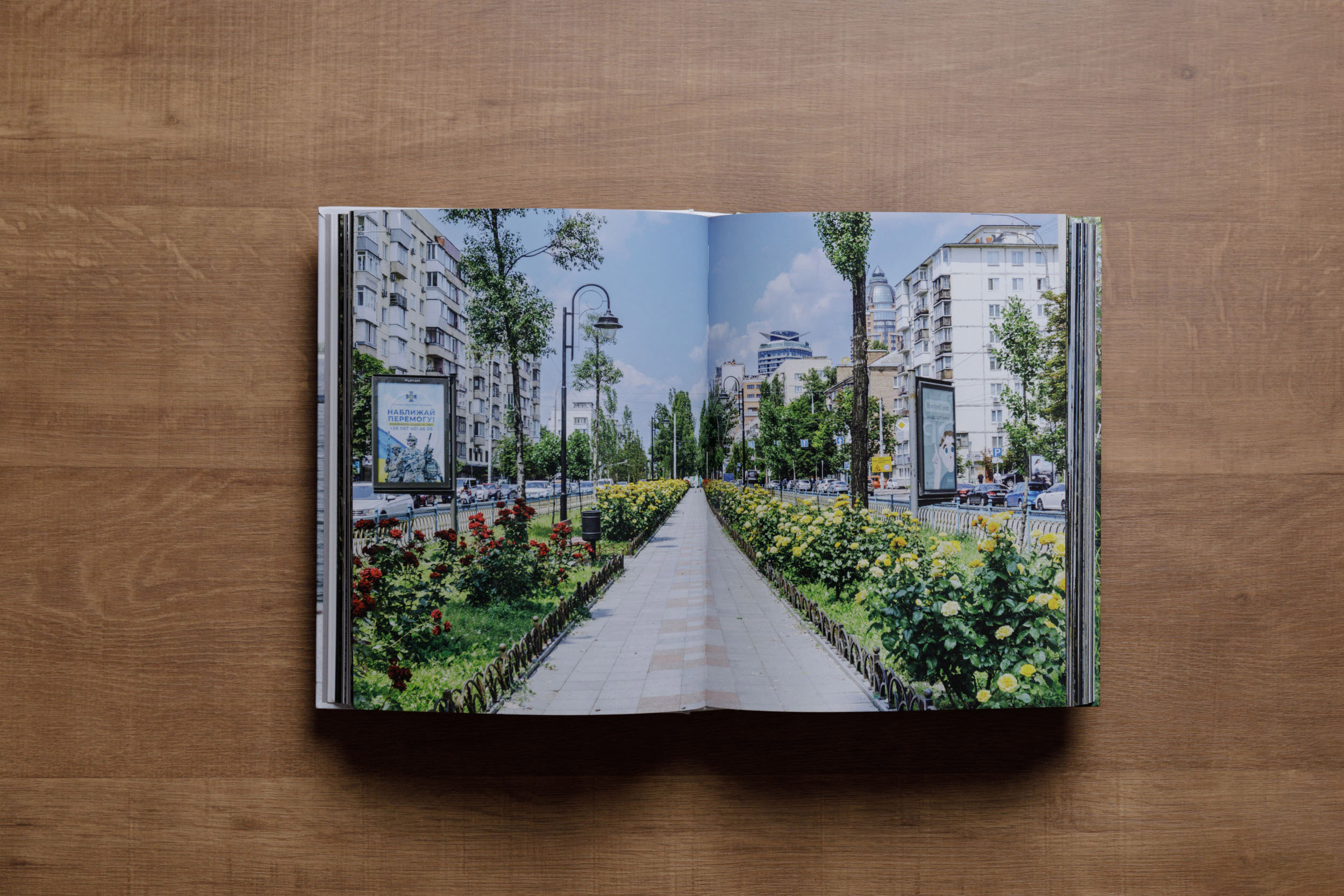
©︎Ko Sasaki / XEPCOH – Kherson: On Nights of Falling Missiles
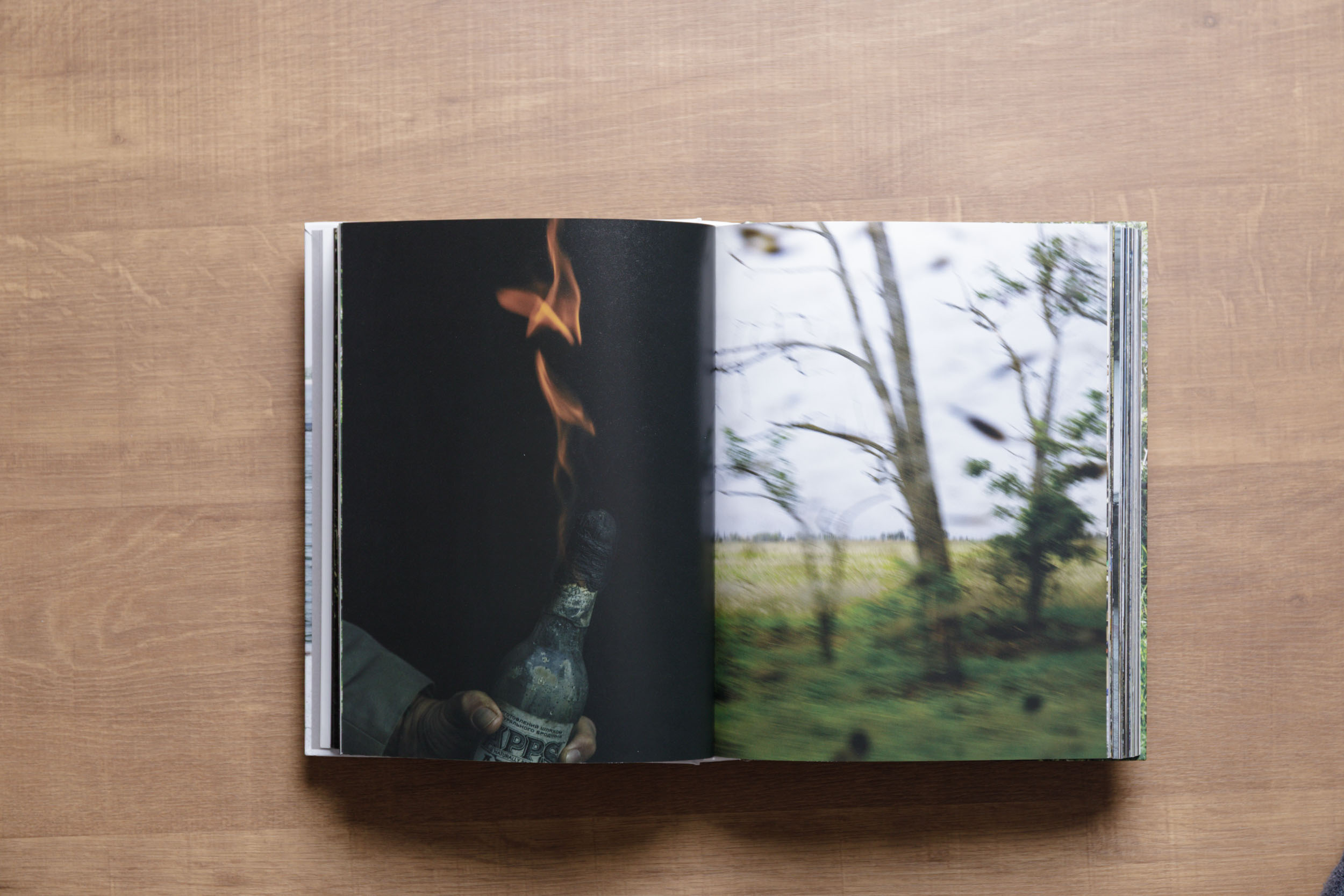
©︎Ko Sasaki / XEPCOH – Kherson: On Nights of Falling Missiles
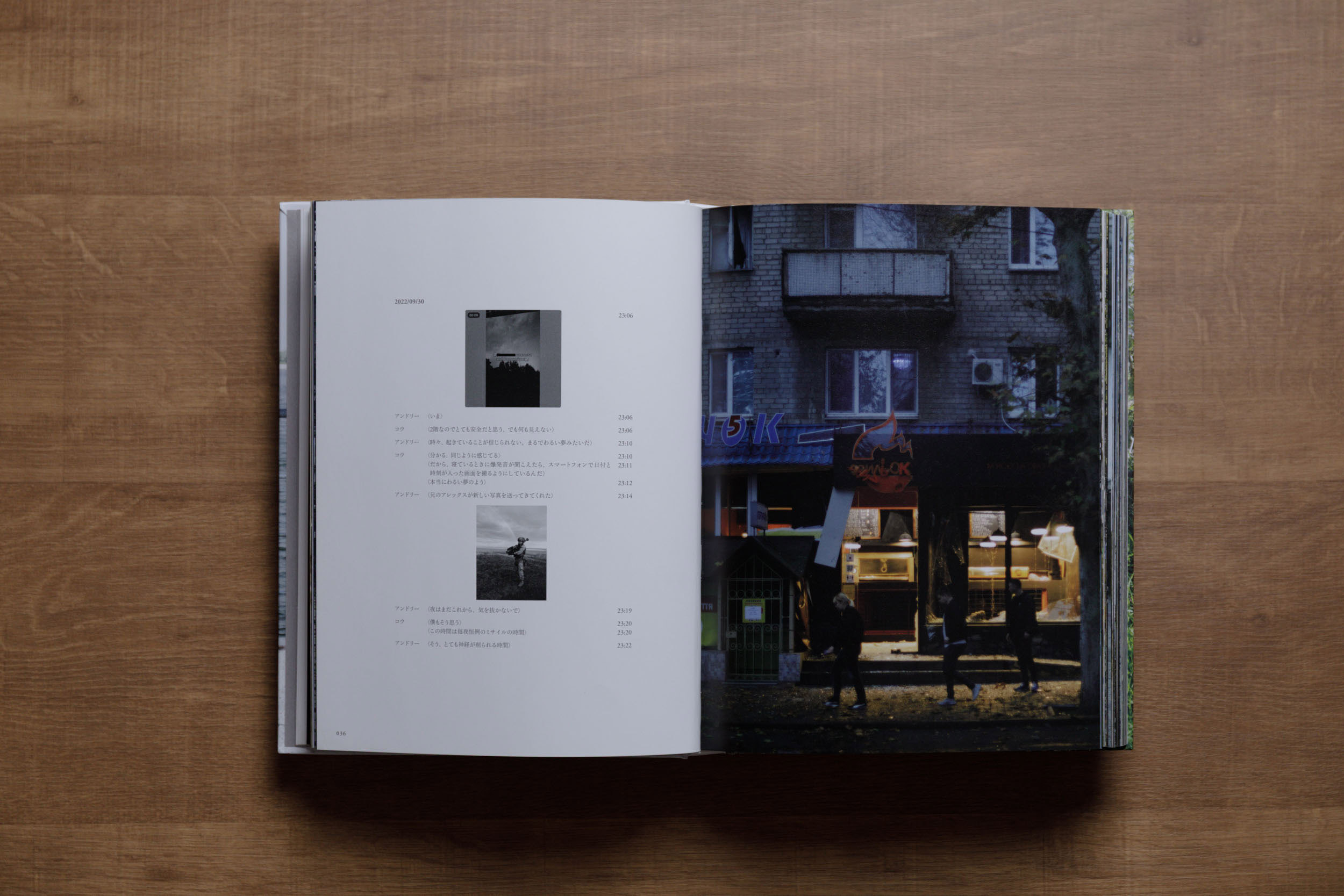
©︎Ko Sasaki / XEPCOH – Kherson: On Nights of Falling Missiles
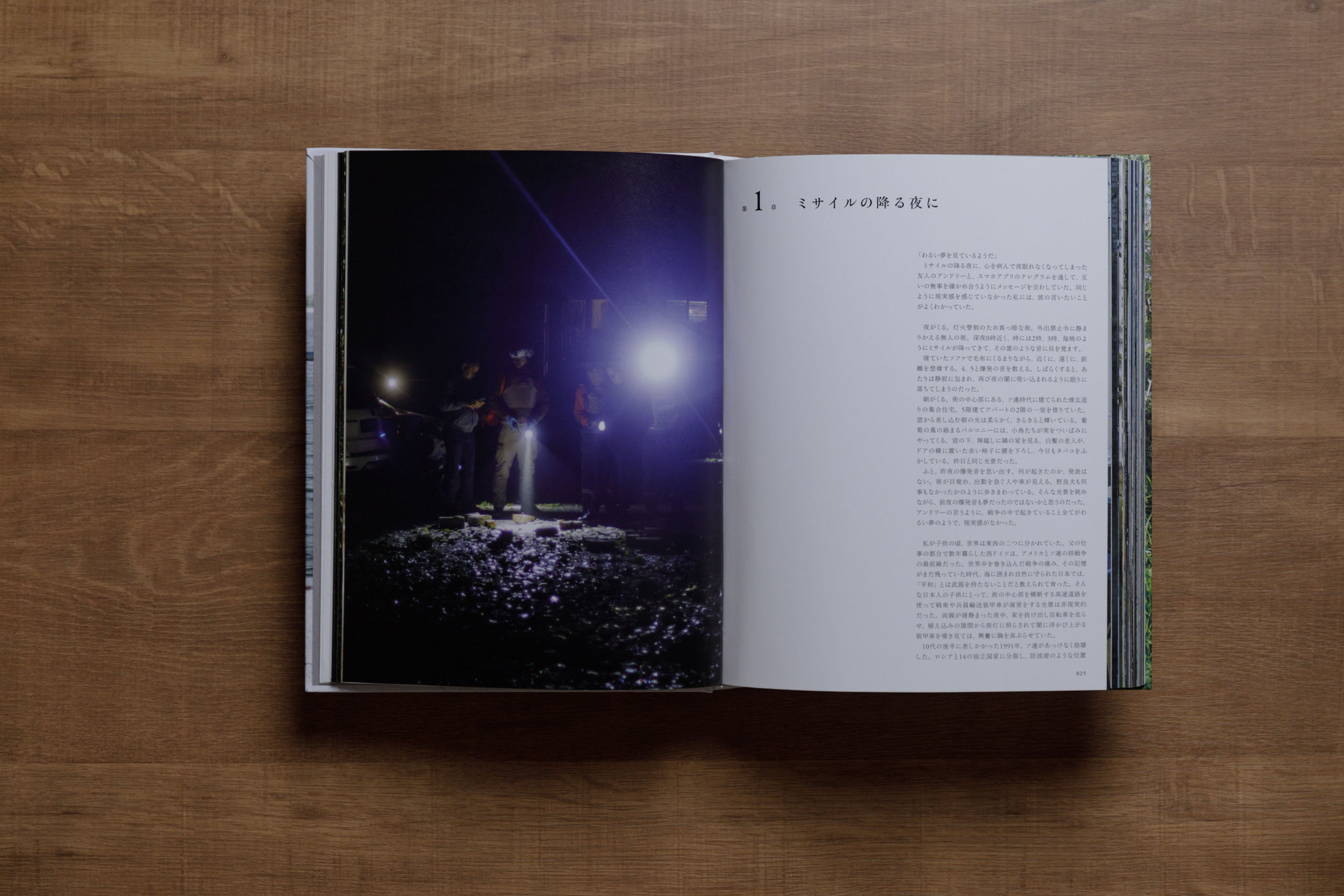
©︎Ko Sasaki / EPCOH – Kherson: On Nights of Falling Missiles
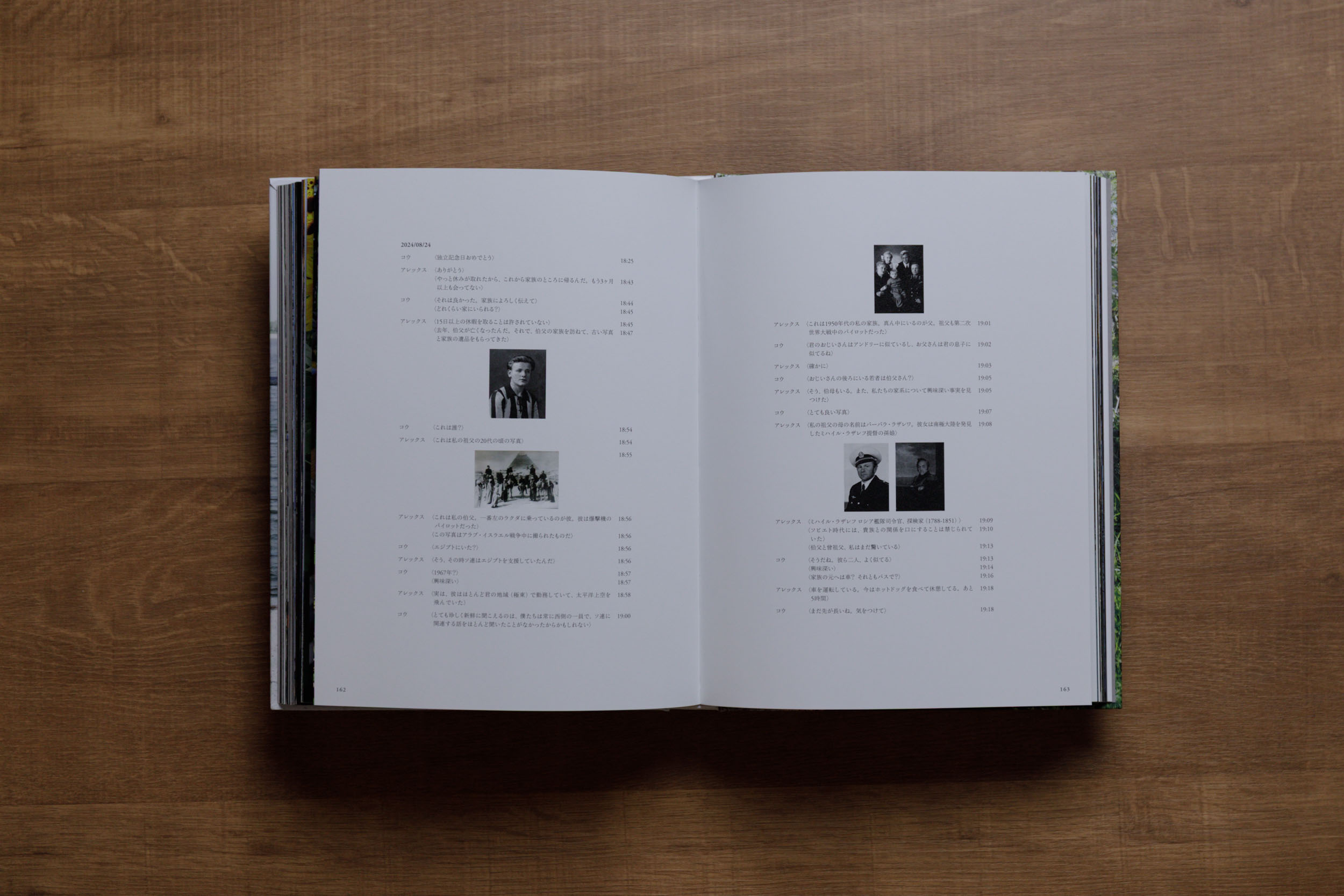
©︎Ko Sasaki / XEPCOH – Kherson: On Nights of Falling Missiles
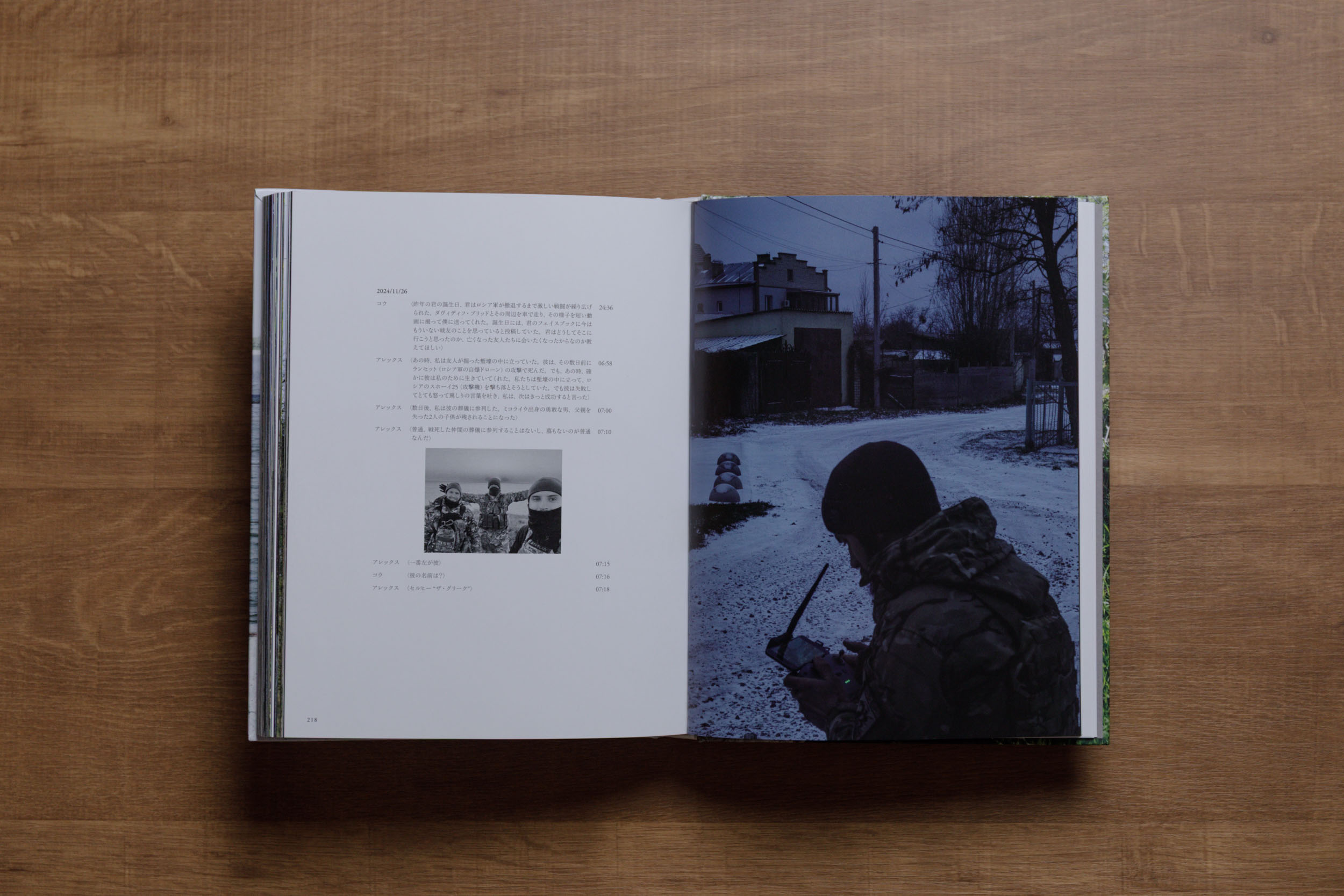
©︎Ko Sasaki / XEPCOH – Kherson: On Nights of Falling Missiles
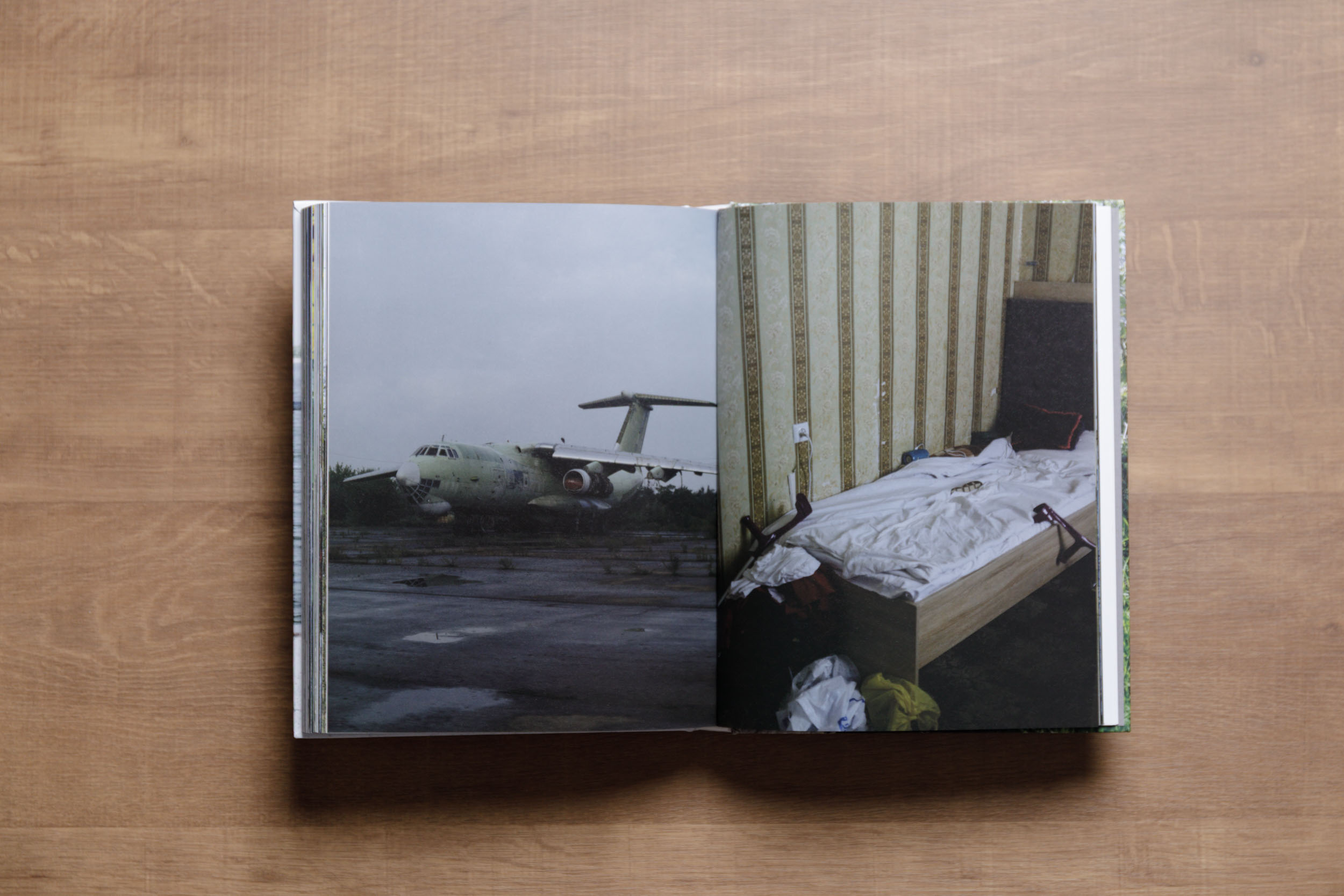
©︎Ko Sasaki / XEPCOH – Kherson: On Nights of Falling Missiles
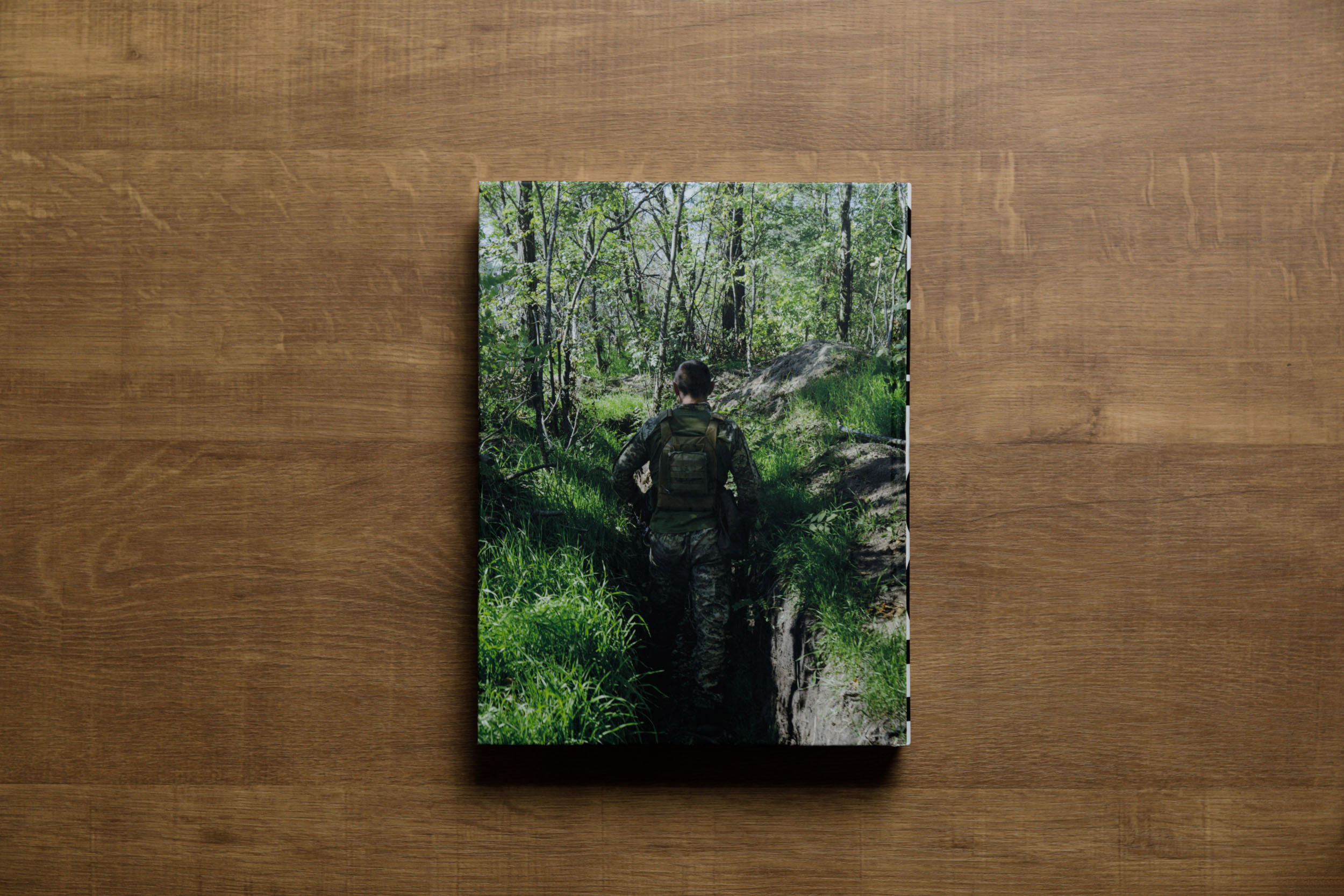
©︎Ko Sasaki / EXPCOH – Kherson: On Nights of Falling Missiles
Profile|Ko Sasaki
Ko Sasaki is a photojournalist born in 1972. Since the late 1990s, he has documented social and political unrest across Asia and the Middle East, including Cambodia following the death of Pol Pot, riots in Indonesia, guerrilla movements in the Philippines, and the beginning of the Second Intifada in Palestine.
In 2004, he became a founding photo editor for Courrier Japon at Kodansha, while continuing to work as a freelance photographer. His work has appeared in The New York Times, Forbes, Financial Times, The Washington Post, Stern, TIME, and other international media outlets.
